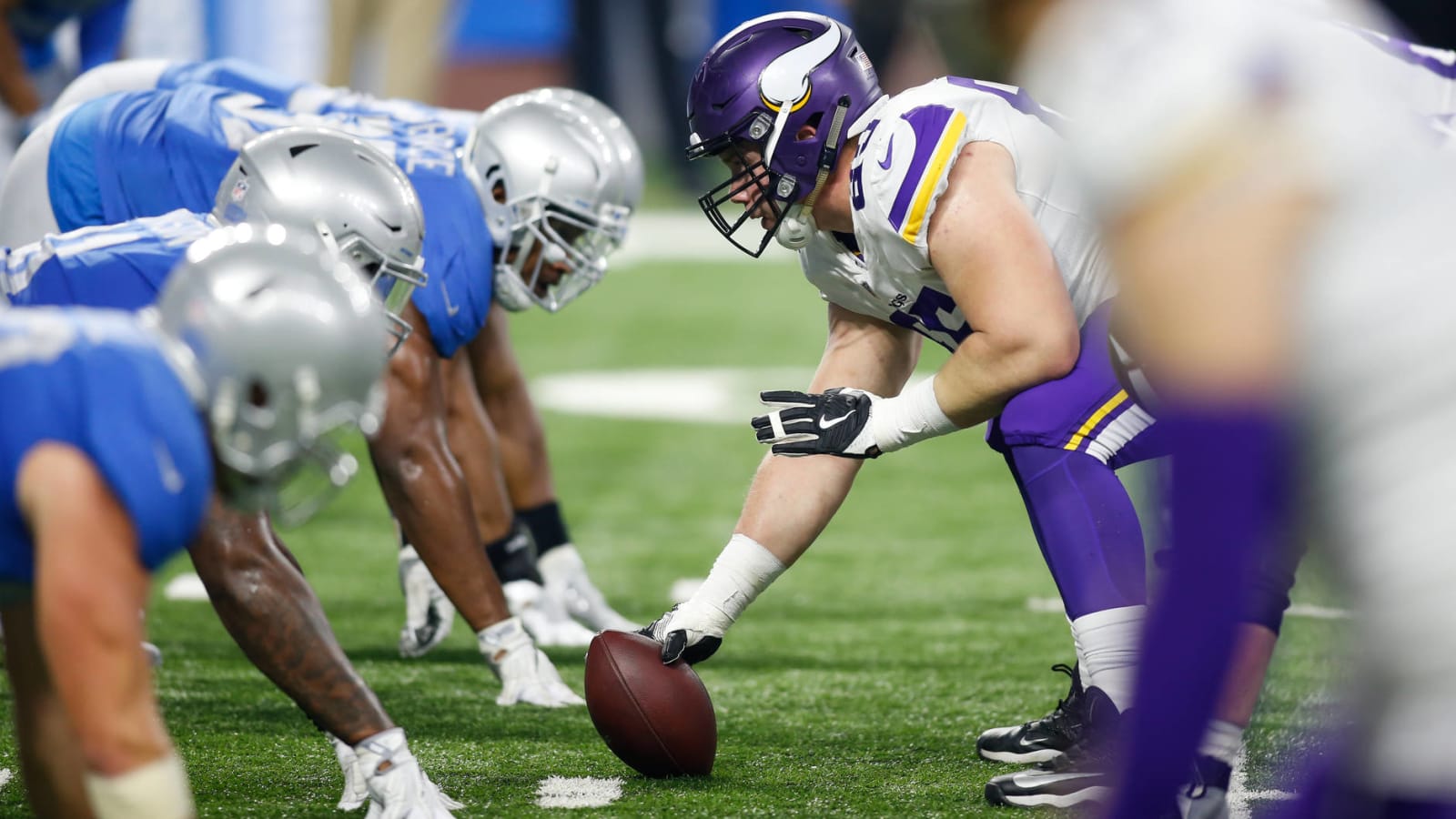
2018 NFL division preview: NFC North
The 2018 NFL season is just about upon us, so this week, we are previewing all eight divisions to see which teams are contenders and which are pretenders. Up today: the AFC and NFC North.
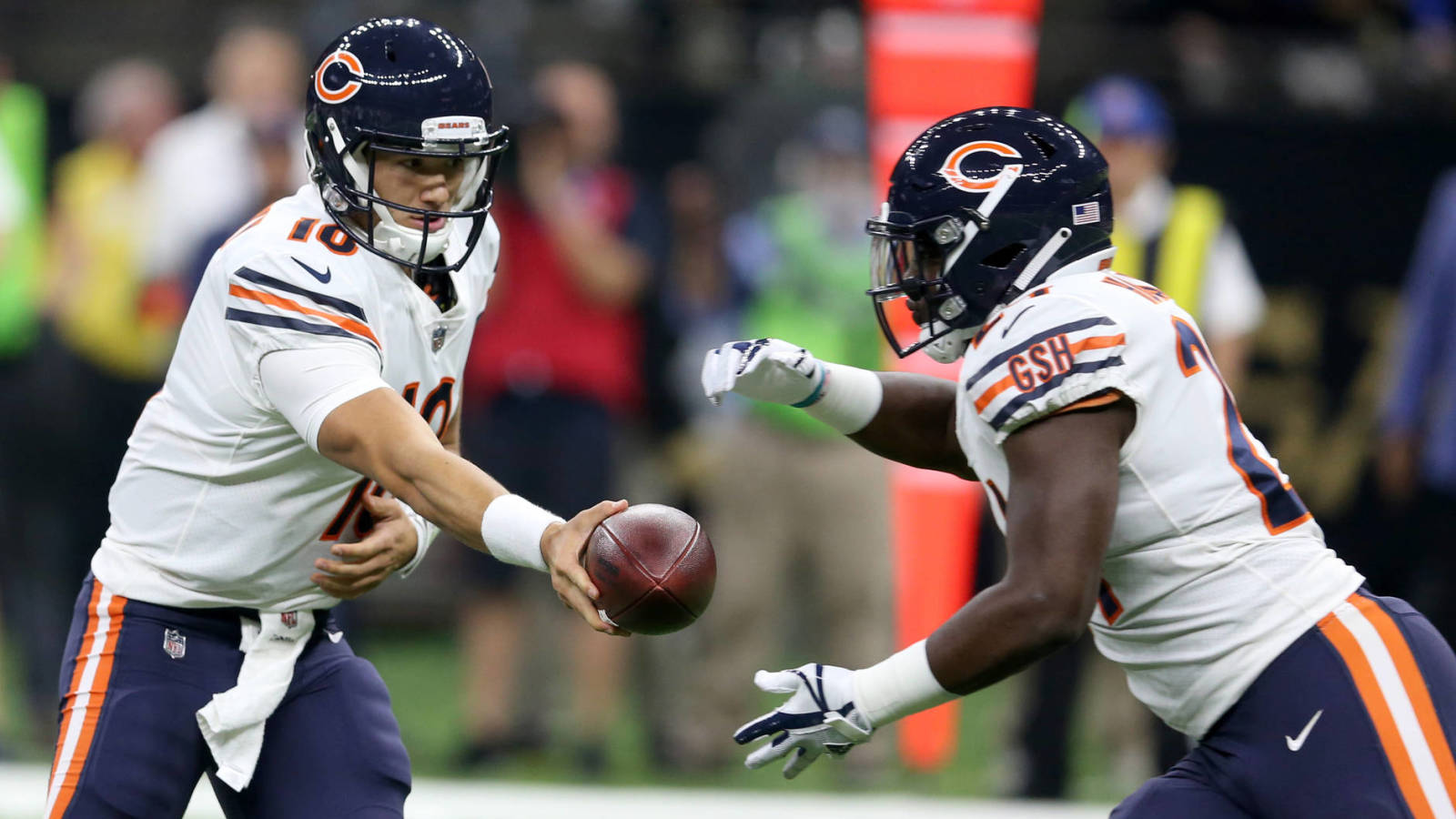
Chicago Bears
2017 record: 5-11 (fourth in NFC North)
Key additions: OLB Khalil Mack, TE Trey Burton, QB Chase Daniel, OLB Kasim Edebali, WR Bennie Fowler, WR Taylor Gabriel, OLB Aaron Lynch, K Cody Parkey, WR Allen Robinson
Notable losses: OL Tom Compton, S Quintin Demps, ILB Jerrell Freeman, QB Mike Glennon, LB Christian Jones, OLB Pernell McPhee, WR Cameron Meredith, G Josh Sitton, DL Mitch Unrein, WR Markus Wheaton, WR Kendall Wright, OLB Willie Young
Top draft picks: ILB Roquan Smith, OL James Daniels, WR Anthony Miller
2018 outlook: The John Fox hire predictably backfired. The Bears have now finished last in the NFC North four years running. Chicago is banking on new head coach Matt Nagy to develop Mitch Trubisky into a viable quarterback. Nagy helped produce Alex Smith’s career year, and he’s hired ex-Oregon head coach Mark Helfrich.
To kick-start this new era, the Bears made one of the biggest bets in modern NFL history. But a top-10 player (and one of the best talents in league history to appear on the trade block) was available. Credit Chicago for pouncing. The Bears not only shipped two first-round picks to the Raiders for Mack, making this the second time they've traded two first-rounders for a player in the past decade -- they parted with two such selections in 2009 to acquire Jay Cutler from the Broncos -- they authorized the biggest defensive contract in NFL history. Mack's contract tops all edge rushers' by nearly $4.5 million per year. After Von Miller's deal represented this position's ceiling for more than two years, Mack's now being paid $23.5M AAV to spearhead Chicago's pass rush.
The Bears have Trubisky on a rookie deal for a while, making this expense manageable, and needed an edge anchor. While acquired at an eye-popping cost, Mack is 27, a two-time All-Pro and has 40.5 career sacks (36.5 in the past three years). Considering Chicago still doesn't know if Leonard Floyd is a viable alpha on the edge, and that Mack's never missed a game, this bet has a chance to pay off big. Mack's presence on Vic Fangio's upper-echelon defense will be exciting to observe after he played on four bad Raiders units.
Chicago's offense will look wildly different this season, which is a good thing after Trubisky — he of the NFL’s second-worst Total QBR in 2017 — spent his rookie year in a bland offense that possessed few weapons. With Robinson, Burton, Gabriel and Miller aboard, and the Jordan Howard-Tarik Cohen coalition revved up for Year 2, the Bears will see what they have in Trubisky this season.
Ryan Pace smartly did not let a coaching regime change include parting with Fangio. One of the NFL’s best assistants, Fangio produced a top-10 defense without much star power last season. That's changed. Two top-10 picks will now join Floyd (No. 9 overall in 2016) at linebacker in Mack and Smith, this year's No. 8 choice. Chicago will return the same secondary after Pace matched the Packers’ offer sheet for Kyle Fuller and became the first GM to give Prince Amukamara a multiyear contract since Jerry Reese drafted him in 2011.
Fangio's now-Mack-centered defense will help keep the Bears in games as Nagy and Helfrich devise experiments.
Are they better or worse than last season? Perhaps considerably better, especially after Saturday morning's transaction. That said, the NFC North may be the NFL’s toughest division. The Bears could be noticeably improved and still extend their last-place streak to five.
Best-case scenario: Nagy and Helfrich catch the NFL off guard, igniting Trubisky and making mid-tier broadcast crews come to Chicago rather than low-end announcer teams. The Bears' best possible outcome is a trip to the cusp of the playoffs or qualifying as a surprise wild card. A lot will have to go right, but perhaps this the 2018 Rams equivalent.
Worst-case scenario: A player who couldn’t beat out future CFLer Marquise Williams for two years at North Carolina, Trubisky shows he might not be the guy Pace envisioned and brings big questions about this blueprint.
Record prediction: 7-9
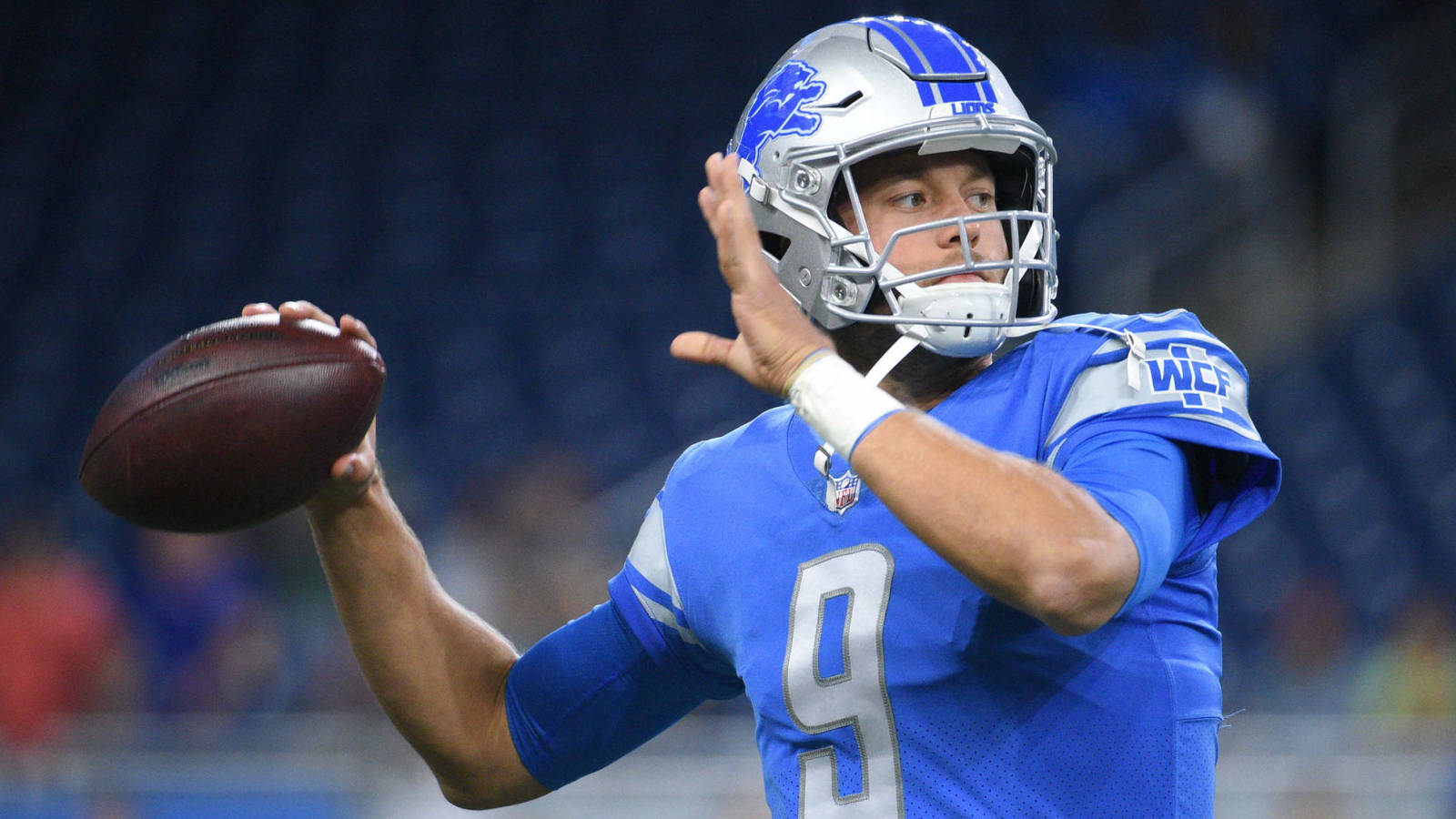
Detroit Lions
2017 record: 9-7 (second in NFC North)
Key additions: RB LeGarrette Blount, QB Matt Cassel, OLB Jonathan Freeny, OLB Eli Harold, DL Ricky Jean-Francois, OL Wesley Johnson, OLB Christian Jones, OLB Devon Kennard, CB Sterling Moore, CB DeShawn Shead, TE Levine Toilolo, OL Kenny Wiggins, DT Sylvester Williams, TE Luke Willson
Notable losses: OL Don Barclay, TE Eric Ebron, DB Don Carey, TE Darren Fells, DE Dwight Freeney, CB D.J. Hayden, DT Haloti Ngata, T Greg Robinson, OL Travis Swanson, LB Tahir Whitehead, LB Paul Worrilow
Top draft picks: OL Frank Ragnow, RB Kerryon Johnson, S Tracy Walker
2018 outlook: With the exception of Jim Caldwell’s 11-win Detroit debut in 2014, the Lions spent that regime as an NFL middle-class tenant. Matt Patricia left offensive coordinator Jim Bob Cooter in place; the 34-year-old assistant helped Matthew Stafford piece together the most consistent stretch of his career since taking over as the Lions’ offensive boss. Detroit’s Marvin Jones-Golden Tate setup represented the NFL’s only 1,000-yard receiver tandem last season, but the Lions finished last in rushing (1,220 yards, 140 fewer than the No. 31-ranked team). They ranked 32nd, 30th and 32nd on the ground the past three years, raising Stafford’s degree of difficulty. (Detroit hasn’t employed a 600-yard rusher since Joique Bell in 2014.)
After a top-five defensive showing in 2014 — Ndamukong Suh’s Motor City finale — Teryl Austin’s units regressed. The '17 defense finished in the bottom third in yards and points yielded, and Patricia is now in charge. Past Bill Belichick assistants have sputtered — Bill O’Brien’s Texans tenure comes closest to competency — but Patricia was the future Hall of Famer’s sidekick for six years.
The Lions are smartly renting injury-prone (but effective) Ziggy Ansah via the franchise tag, but they don’t have a long-term answer for football’s second-most important skill. Darius Slay gives Patricia a strong outside coverage cog, and Glover Quin and Quandre Diggs provide more chess pieces for the new Detroit leader to position as he attempts to form a Belichick coaching tree branch.
Are they better or worse than last season? Although the Lions have little at tight end after Ebron’s exit, they have a solid offensive front, and by bringing in Blount and Johnson, they are finally addressing one of the NFL’s biggest deficiencies. They look a bit better as a result, pass-rushing issues notwithstanding.
Best-case scenario: Stafford can trust the run game, and Kenny Golladay becomes a flashy No. 3 target for a Lions team that returns to the playoffs as a wild card.
Worst-case scenario: Without Belichick, Patricia is exposed like a few before him, and the Lions regress. However, there’s enough talent on this team to prevent a free fall — even in a grueling NFC.
Record prediction: 10-6
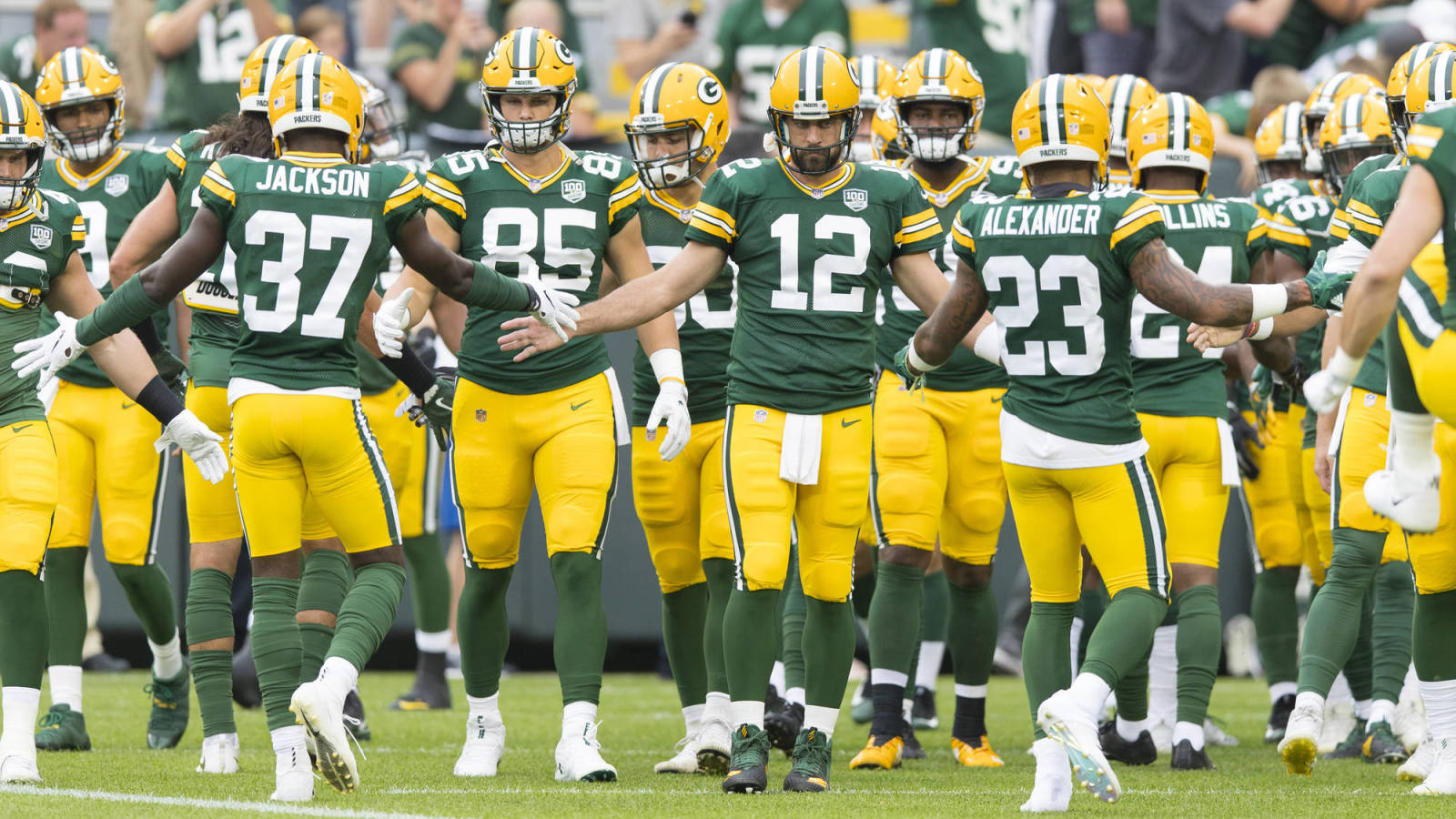
Green Bay Packers
2017 record: (7-9, third in NFC North)
Key additions: OL Byron Bell, TE Jimmy Graham, QB DeShone Kizer, TE Marcedes Lewis, ILB Antonio Morrison, DE Muhammad Wilkerson, CB Tramon Williams
Notable losses: OLB Ahmad Brooks, S Morgan Burnett, G Jahri Evans, WR Jeff Janis, T Ulrick John, WR Jordy Nelson, CB Damarious Randall, TE Richard Rodgers, P Jake Schum, LB Joe Thomas
Top draft picks: CB Jaire Alexander, CB Josh Jackson, ILB Oren Burks
2018 outlook: The NFL’s top quarterback is now an injury risk. Aaron Rodgers’ latest setback revealed the league's most irreplaceable player and exposed Packer flaws. Mike McCarthy got his wish in a general manger who looks more willing to utilize free agency, with Brian Gutekunst succeeding the draft-and-develop-based Ted Thompson, and the Packers may be trying to capitalize on their Rodgers-enabled contention window. No team avoided free agency like the Packers did under Thompson, and that limited the team’s generational quarterback from returning to a Super Bowl.
While management shook up Rodgers’ world this offseason by cutting Nelson and allowing quarterbacks coach Alex Van Pelt to leave, the future Hall of Fame passer has a new red-zone threat in Graham (four double-digit touchdown seasons, including 10 in 2017). While Graham, at 31, is past his prime, he’s an upgrade for this offense. Green Bay will depend on Davante Adams (NFL-high 22 receiving touchdowns since 2016) proving he’s a No. 1 wideout and will hope Jamaal Williams or Aaron Jones is a starter-level player. Mostly, the Packers will count on getting 16 games from Rodgers.
Most of the offseason changes came on defense, where Mike Pettine replaces nine-year defensive coordinator Dom Capers. The Packers pass defense crumbled the past two years, and a new voice may help. The Packers haven’t enjoyed a top-10 defense since 2010.
More importantly, Green Bay’s penchant for high cornerback picks continued. The Packers took two more shots at finding a legit No. 1 cornerback this year in Alexander and Jackson. They join Kevin King as major investments the team hopes will solve the recent problem. However, the Packers are understaffed for football’s other significant defensive responsibility. Clay Matthews is now 32, and Nick Perry battled myriad injuries last season. Without much behind them, the Packers are counting on their starters this season.
Are they better or worse than last season? The additions of Graham, Wilkerson and the young corners offset the loss of Nelson, slightly improving this roster. While the Packers are thinner at wide receiver now, devoting resources to positions Rodgers can’t elevate was a smart move.
Best-case scenario: A Super Bowl LIII championship. Rodgers carried the past two even-year Packers iterations to NFC title games, and while this isn’t the best roster he’s worked with, it is probably good enough to challenge the NFL’s other powers if its QB icon is healthy.
Worst-case scenario: Other than another collarbone disaster, the Packers' situations at wideout and outside linebacker leave them behind the Vikings in the division and unable to string together three road playoff victories.
Record prediction: 12-4
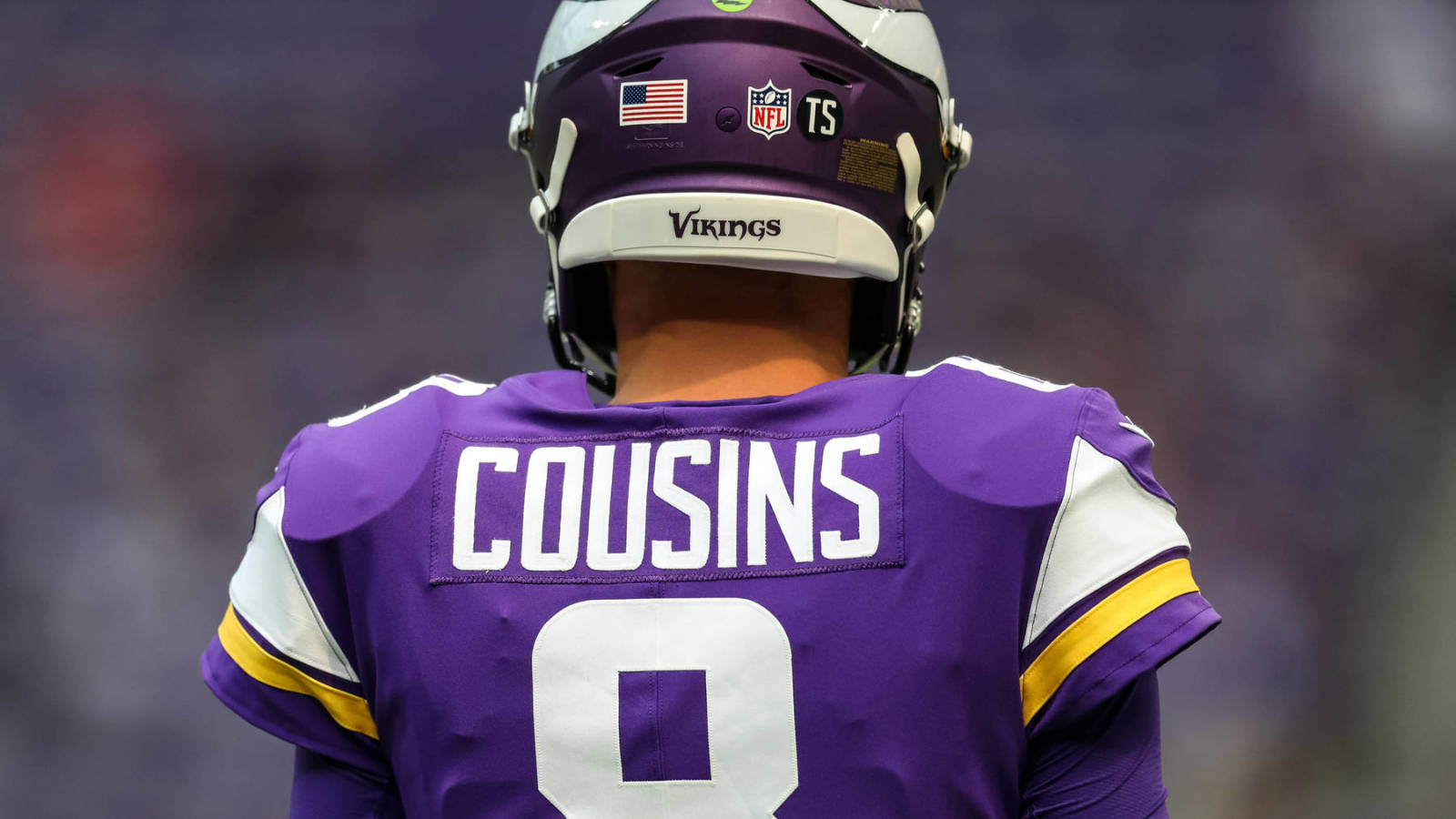
Minnesota Vikings
2017 record: 13-3 (first in AFC North)
Key additions: OL Tom Compton, QB Kirk Cousins, S George Iloka, OL Brett Jones, WR Tavarres King, DT David Parry, DT Sheldon Richardson, QB Trevor Siemian, WR Kendall Wright
Notable losses: G Joe Berger, QB Sam Bradford, QB Teddy Bridgewater, CB Tramaine Brock, WR Michael Floyd, DT Tom Johnson, QB Case Keenum, RB Jerick McKinnon, OL Jeremiah Sirles, DL Shamar Stephen, WR Jarius Wright
Top draft picks: CB Mike Hughes, OT Brian O’Neill
2018 outlook: The last quarterback to start in multiple Vikings playoff seasons was Daunte Culpepper. That should be considered when scrutinizing Minnesota’s historic Cousins contract. A different signal-caller — Tarvaris Jackson, Brett Favre, Joe Webb (for an injured Christian Ponder), Bridgewater and Keenum — started during the past five Vikings postseason appearances. Cousins’ $28 million per-year deal and the subsequent extensions Rick Spielman authorized, commit the Vikings to this nucleus.
But this looks like the NFL’s best roster. Considering how far last year's team advanced with its backup quarterback, it’s a reasonable bet after all of the Vikings' near-misses in six decades that this is the core that finally secures the Twin Cities a Super Bowl parade.
Cousins brings a higher floor than Keenum, and new offensive coordinator John DeFilippo is fresh off aiding one of the most unique quarterback performances in NFL history in Nick Foles’ postseason tour de force. Minnesota’s 30-year-old passer has one of the league’s best receiving tandems, and the Adam Thielen-Stefon Diggs pair probably has room for improvement despite combining for 2,125 air yards last year. Dalvin Cook is back, too.
The offensive front, though, is this superpower’s unquestioned weakness. The last link to the Adrian Peterson rushing-title lines, Berger, is gone, and injuries (center Pat Elflein remains on the physically unable to perform list, and guard Nick Easton is out for the season) have weakened the Vikes’ interior line. This may be a lingering issue for an all-in team.
This defense is without an obvious deficiency. On a one-year contract, Richardson joins a Minnesota stoppage corps coming off a No. 1-ranked season. The Vikings are deep up front — Danielle Hunter followed Everson Griffen and Linval Joseph in signing long-term — and now may have the league’s best safety trio after Iloka agreed to reunite with Zimmer and join Harrison Smith and his suddenly thriving wingman (Andrew Sendejo). Hughes is battling for the Vikings’ slot job on a cornerback corps housing three first-rounders (four if Terence Newman counts). With Anthony Barr possibly leaving in 2019, the '18 defense may be the best of this Vikings era.
Are they better or worse than last season? The offensive line looks worse, but Cousins and Richardson now being in the picture further enhance the Vikings’ capabilities.
Best-case scenario: After 57 seasons — four Super Bowl losses, six NFC Championship Game defeats since the most recent Super Bowl shortcoming — the Vikings win a title.
Worst-case scenario: It’s difficult to see this team not being a playoff entrant. However, seeing Aaron Rodgers’ return relegate the Vikings to road-team status come January is entirely possible. That could short-circuit this well-built team’s plans.
Record prediction: 11-5
More must-reads:
- The 2018 Bears may be bad, but also a lot of fun to watch
- Lions fans quickly losing faith in Matt Patricia
- The 'NFL Comeback Player of the Year' winners
Breaking News
Customize Your Newsletter
 +
+
Get the latest news and rumors, customized to your favorite sports and teams. Emailed daily. Always free!

